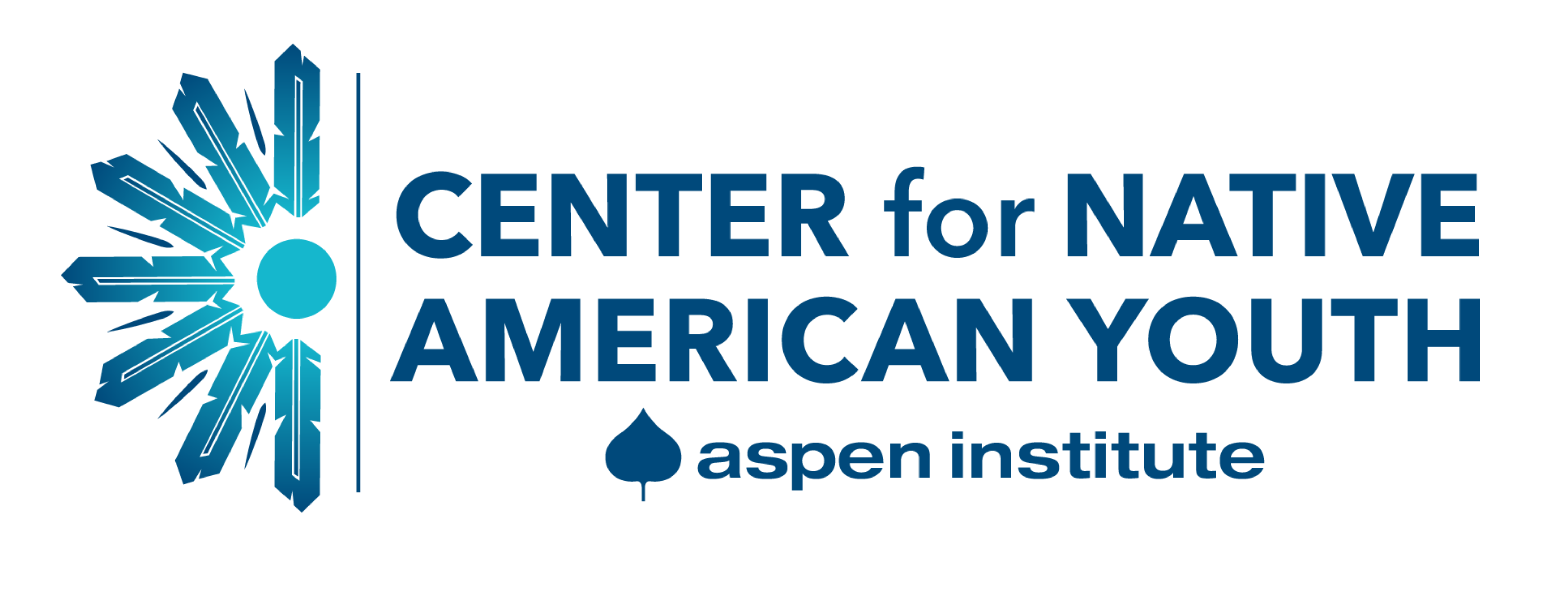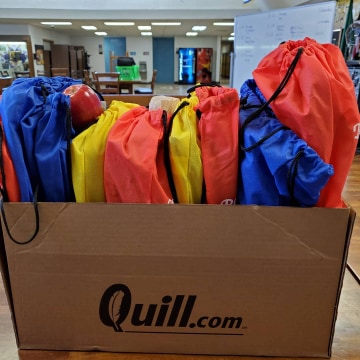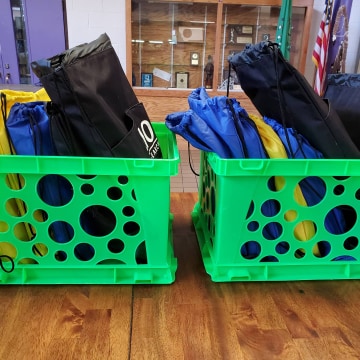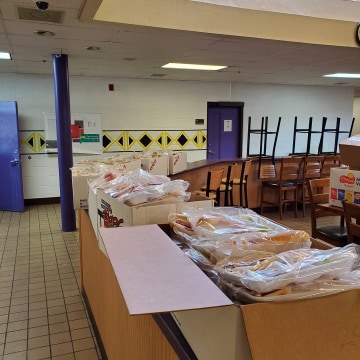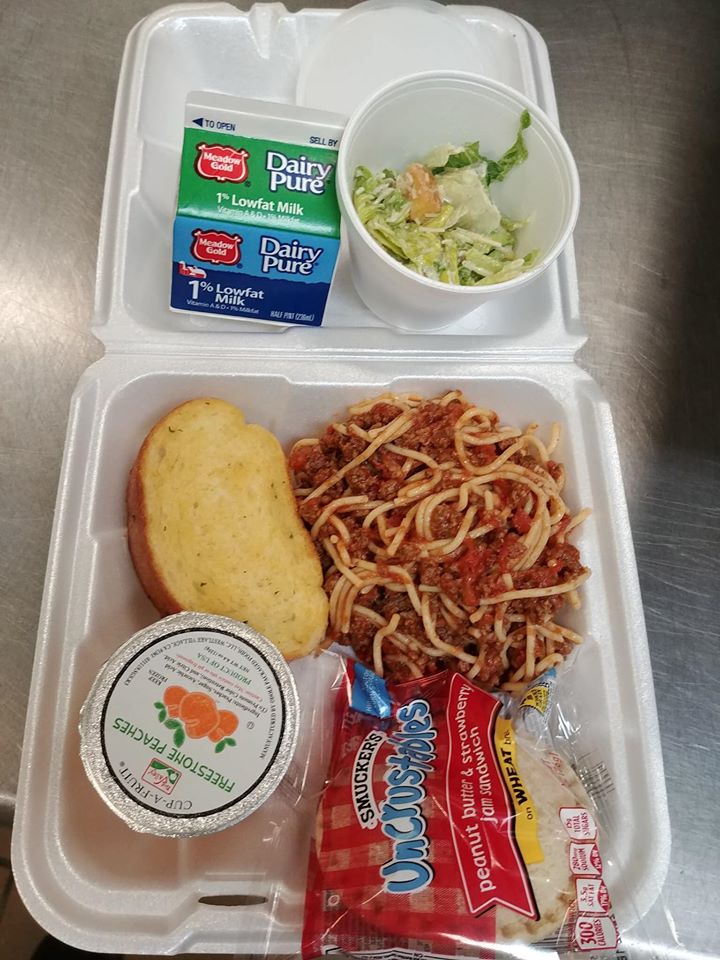18 March 2020
Growing up, some kids want to be doctors, lawyers or police officers, but not me. Ever since I was a little girl, I always knew I wanted to be a teacher. When I was a high school senior, I told my mom, “I’m going to teach at Hays someday.” She was always supportive of me and my choices and never questioned me why.
Hays-LodgePole (HLP) is a small rural community made up of two towns, Hays and LodgePole, on the Fort Belknap Indian Reservation in Montana. It is at the foothills of the Little Rocky Mountains and home to the A’aniiih and Nakoda Nations.
After obtaining my Bachelor’s of Science in English/Secondary Education from the University of Montana Western, I finally had the opportunity to return home and teach at Hays-Lodge Pole school, home of the mighty Thunderbirds. I was thrilled, it had always been my dream to be surrounded by the Little Rocky Mountains and my family and teach one of my favorite subjects: English.
I had only ever taught at one rural school prior to working for HLP. For the past three years, I taught at Dodson School (K-12). Dodson is a very small town, several miles off the Fort Belknap Indian Reservation. My class sizes were an average of five students per class. Since working at HLP, my class average jumped to twenty students.
One day last fall, one of my seniors asked me, “Why do you want to teach here?” I told him, and the rest of the class, how it had always been my ambition to teach on the reservation in Hays. It was hard to describe how something like this had been in my heart since I was eighteen years old but applying to HLP just felt right.
I have taught at HLP for eight months now, and something I have learned about my students is that they are strong. Our reservation has been struck with many tragedies the past year involving drugs, alcohol, and youth suicides. Poverty runs rampant throughout the reservation as well, so my students face many different challenges outside the classroom. I always look forward to the one hour and seven minutes I get to spend with each class, because I know for that amount of time, they are in a safe environment where they are surrounded by love and support. When I’m not with my students, I always think about them and wonder if they are doing okay.
Last week, I started the week wondering about how Daylight Savings Time, a full moon, and Friday the 13th would affect my students, but this all changed when the Coronavirus (COVID-19) was declared a global pandemic. On Monday, I started the week trying to fathom how I would create lesson plans for the next two weeks, as the governor of Montana ordered a state-wide closure of schools to prevent the spreading of COVID-19.
How to ensure students continue learning during the state-wide school closures
My superintendent and principal suggested our staff prepare packets of schoolwork to last our students up to ten school days. While many of our students have limited access to Internet resources, there are still so many who do not. To provide a solution to this problem, HLP staff agreed that delivering packets of homework would be best for all students. Staff was not required to do this, but we wanted our students to experience some level of normalcy and structure during the uncertain upcoming weeks.
After our administration dismissed us to compile resources for students, I didn’t really have time to think. I spent hours gathering, copying, and paperclipping reading, writing, vocabulary, and grammar materials for my students to complete at home. However, there was one moment at the end of the day when everything slowed down, and I sat in my classroom, looked at the empty desks, and thought to myself, “Is this real life?”
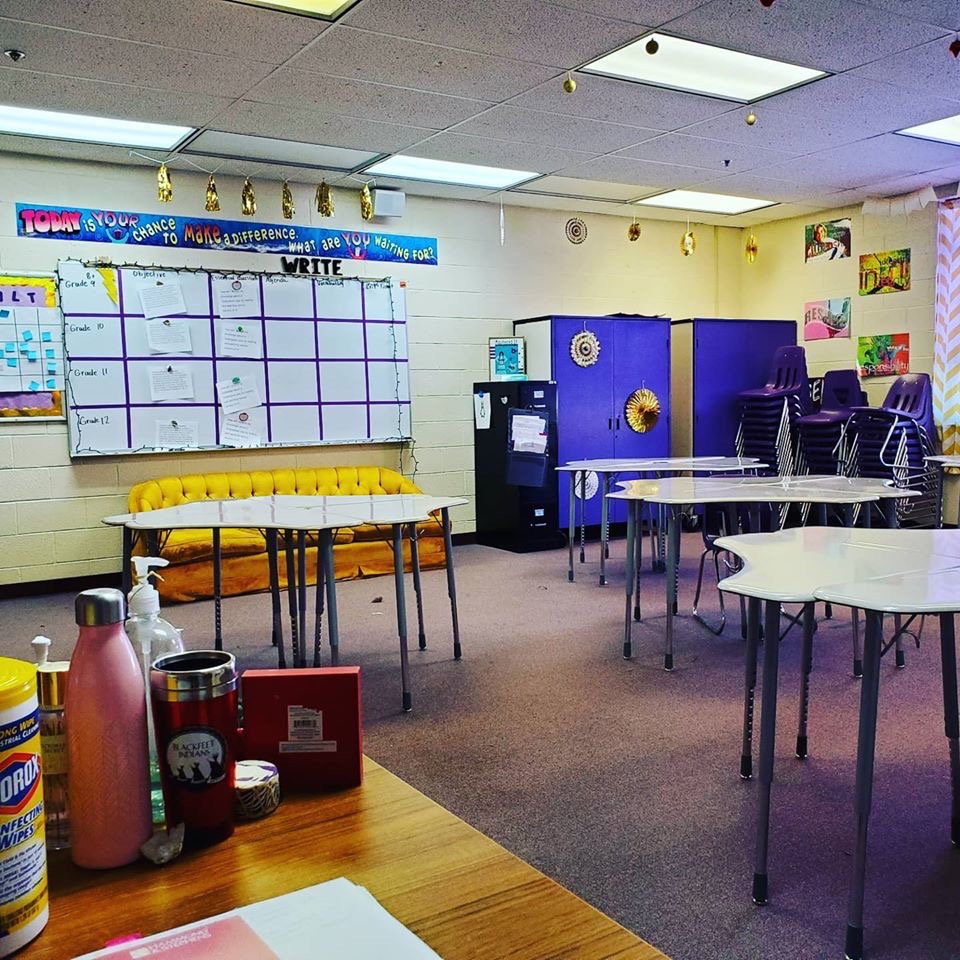
I knew these two weeklong, governor-mandated closures of school were different than any other “break.” It was a serious and sudden decision to ensure COVID-19 would not make its way into our schools.
Since then, students have asked me questions I do not know the answers to, such as “will prom be cancelled?”, “when can I come back to school?”, and “will I even be able to graduate?” Unable to provide a direct answer, I pushed these thoughts aside and joined the staff to give the students answers to what I could; schooling will continue.
We circled around the classroom tables to package backpacks with schoolwork and supplies for our students. After, we separated them into piles based on where they live, we organized deliveries to go out on Tuesday.
I just want to say thank you to our principal, as well as several other HLP staff, for doing such an incredible job of bringing the schoolwork to our students.
Providing meals for students
Aside from schoolwork, our staff realized that many of our students could possibly be without food for the next couple of weeks. With our kids in mind, we all volunteered to package food that our cooks would prepare. On Tuesday, our bus drivers and staff delivered food door-to-door. This was time-consuming but effective.
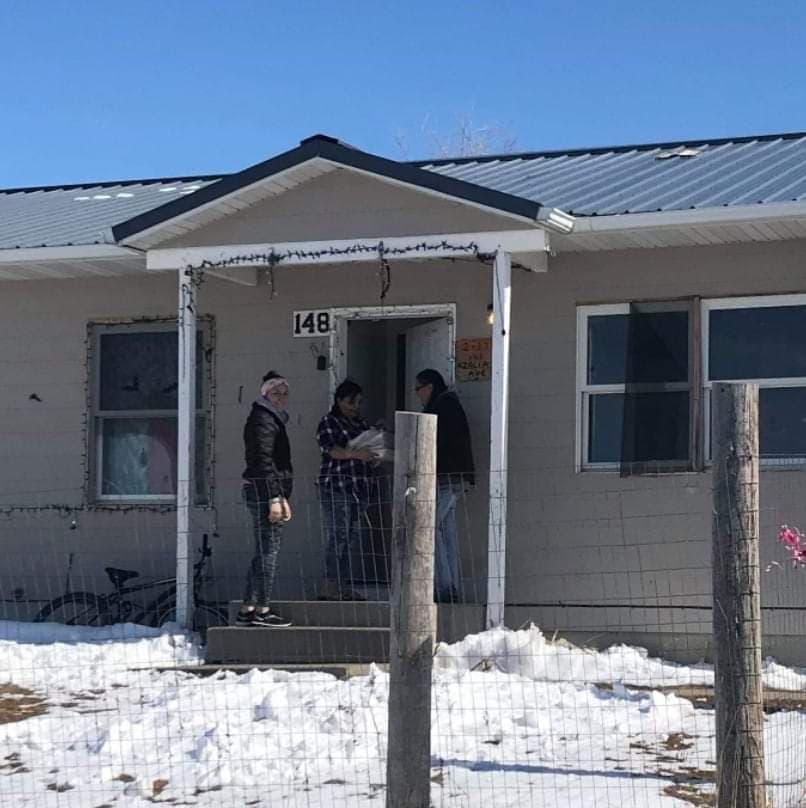
As a solution to go through the routes more quickly, the school advertised for families to please come to designated drop off areas for lunch. While this helped a little, the school decided to try something different on Wednesday, by opening the school from 10 a.m. to 12 p.m. to pass out brunch from our school’s commons area. This seemed to be the most effective way to distribute food.
Overall thoughts
Although the world of education as we know it is changing, I see one thing that remains the same: our educators still care more than ever. It is my first-year teaching at Hays Lodge Pole, and I can say that we have some of the most empathetic and hardworking staff members. As soon as tragedy hit, we adapted and overcame by working together to ensure our students still receive a quality education and free meals.
Seeing my coworkers do everything they can for the kids though is so inspiring. Whether it is spending hours in the teacher’s workroom making copies, smiling ear-to-ear at students as we hand them meals to eat, or even dodging “rez” dogs to drop off homework, every single action we have taken so far is with our students at the center of our decisions.
Even though there is a lot we do not know during this scary time of COVID-19, I do know that no matter what happens next, our staff will make sure our kids are taken care of. Together, we have survived Daylight Savings Time, a full moon, and Friday the 13th. Together, we will survive COVID-19.
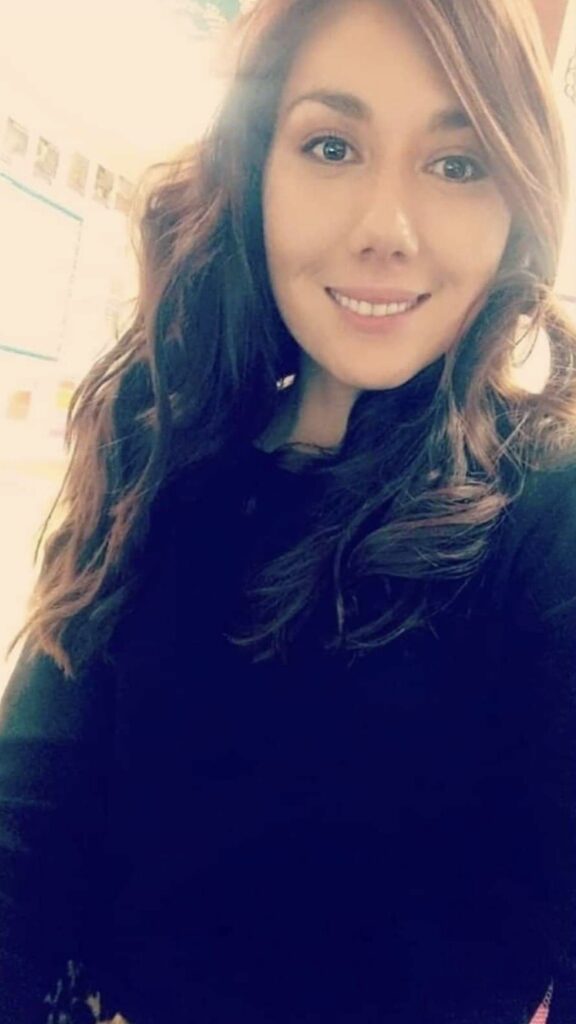
Natacha Messerly Doney, enrolled member of the Blackfeet Tribe, has spent most of her life on the Fort Belknap Indian Reservation of Montana, where she now teaches English Language Arts at Hays-Lodge Pole Jr/Sr High School. Doney recently graduated with her Master’s of Science in Instruction and Learning from Montana State University- Northern, using the tools she learned to create a more fun-filled learning environment for her students. When not teaching, you can find her running in the Little Rockies or kicking back on the couch with her two Chihuahuas.

